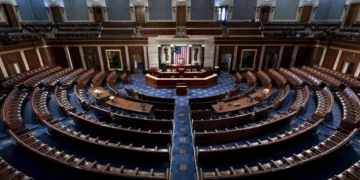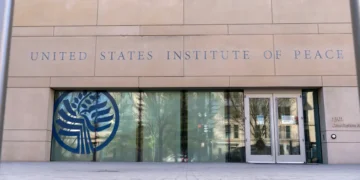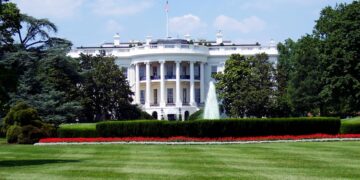Jan 26, 2025 Story by: Editor
WASHINGTON, (Reuters) – In June 1965, President Lyndon B. Johnson stood before the graduating class of Howard University, a historically Black institution, to deliver a powerful address. By that time, he had already signed the landmark Civil Rights Act into law and anticipated the imminent passage of the Voting Rights Act. However, Johnson made it clear that legislative achievements alone were insufficient to address the entrenched inequalities faced by Black Americans.
“Black poverty is not the same as white poverty,” Johnson, a Democrat, explained. He attributed these disparities to “ancient brutality, past injustice, and present prejudice.” Speaking candidly about the socio-economic divide between Black and white Americans, he emphasized the need for a more comprehensive effort to dismantle systemic inequities.
Black Americans, Johnson said, remain “buried under a blanket of history and circumstance. It is not a lasting solution to lift just one corner of that blanket. We must stand on all sides, and we must raise the entire cover if we are to liberate our fellow citizens.”
The president highlighted alarming trends in the economic conditions of Black Americans. He noted that Black male income had decreased, while unemployment had risen. In 1952, Black families earned 57% of what white households made, but by 1963, that figure had dropped to 53%. He also pointed out that the unemployment rate for Black men had doubled compared to white men over the preceding decades.
To address these disparities, Johnson announced plans to convene a conference with scholars, government officials, and Black leaders to develop strategies for advancing Black Americans “beyond opportunity to achievement.”
In September 1965, Johnson took further action by signing Executive Order 11246, which prohibited employment discrimination based on race, color, religion, and national origin for organizations receiving federal contracts. The order also required contractors to establish “affirmative action” programs to ensure compliance, with federal oversight to enforce these measures.
Trump’s Rollback of Affirmative Action
Fast forward to 2025, former President Donald Trump rescinded Johnson’s 60-year-old executive order as part of a broader effort to dismantle diversity programs nationwide. The White House included this repeal in a list of initiatives labeled “Terminating Illegal Discrimination in the Federal Government.”
Legal experts raised concerns about the move’s implications. “The rescinded order is the federal authority underpinning affirmative action for federal contractors and subcontractors,” noted law firm Duane Morris. They warned that the decision represents a “radical change in government policy” that jeopardizes the future of race and gender-based affirmative action.
The concept of “affirmative action” itself dates back to an executive order signed by President John F. Kennedy in 1961, which urged government contractors to “take affirmative action” to ensure equal treatment for employees and applicants, regardless of race, creed, color, or national origin.
Trump’s decision to revoke Johnson’s order comes as racial income disparities persist. In 2023, the median income for white, non-Hispanic families was $89,050, compared to $56,490 for Black households—just 63% of what white families earned, according to the U.S. Census. These figures reflect only modest progress since Johnson’s 1965 Howard University address.
While Johnson’s efforts laid the foundation for combating systemic inequalities, Trump’s rollback has reignited debates over the future of affirmative action and its role in addressing racial disparities in the United States. Source: Reuters
















